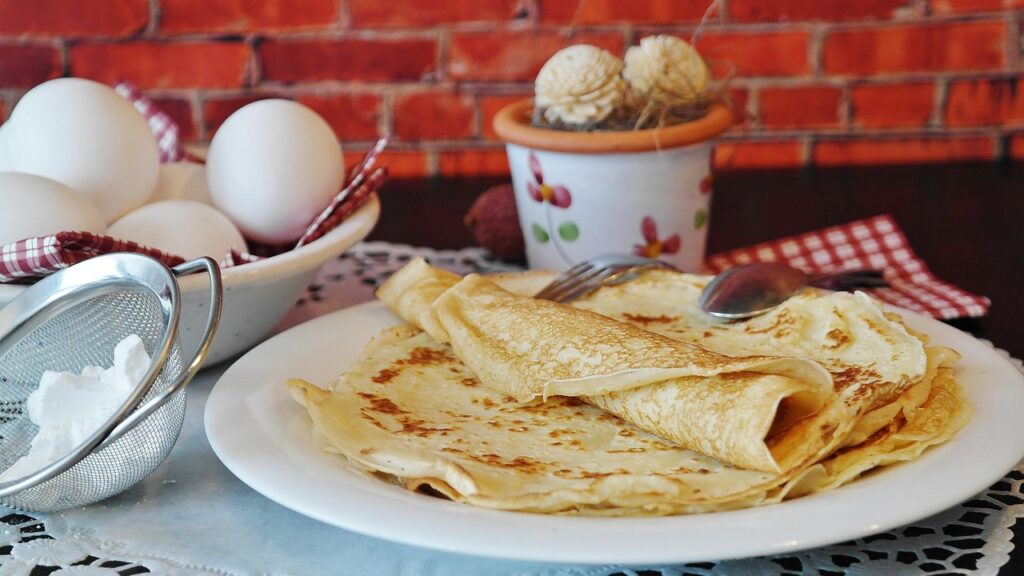There’s a quiet, transformative power in a Sunday well spent. For many, Sunday is a buffer—a soft landing between the chaos of the past week and the unknowns of the next. And while it’s tempting to use the day for rest alone, carving out just one hour to meal plan and prep can set the tone for a smoother, saner week ahead. In a world of juggling work deadlines, school runs, and social commitments, a little Sunday strategy might just be the secret weapon everyone needs.
The Case for Sunday Meal Prep
Meal planning isn’t about becoming a Pinterest-perfect kitchen wizard. It’s about reducing decision fatigue, minimizing waste, and reclaiming time that would otherwise be spent stressing over “What’s for dinner?” By prepping meals—or even just mapping them out—on Sundays, the week’s culinary chaos can be swapped for calm.
According to a study published in the International Journal of Behavioral Nutrition and Physical Activity, people who meal plan tend to eat a wider variety of foods and have better diet quality. Beyond the health benefits, prepping meals ahead of time can also save hundreds of dollars each month by reducing takeout reliance and impulse grocery buys.
But here’s the kicker: it doesn’t need to be complicated. In fact, the simpler the ritual, the more sustainable it becomes.
Step One: Designate Your Power Hour
Think of this hour as sacred—a non-negotiable appointment with your future self. Choose a consistent time on Sunday (morning coffee hour or late afternoon after errands) to sit down with your grocery list, fridge inventory, and a bit of inspiration.
It helps to have the tools ready: a blank weekly meal planner (printable or digital), a grocery list app like AnyList or Paprika, and perhaps a playlist or podcast to make the process more enjoyable.
This hour typically breaks down into three parts:
- 10 minutes to review your schedule – Are there late meetings or after-school activities this week? These affect what kind of meals are realistic.
- 20 minutes to pick your meals – Rotate favorite go-to recipes, try one new dish, and account for leftovers.
- 30 minutes for light prep – Chop veggies, marinate proteins, cook a base (like quinoa or rice), or assemble breakfasts/snacks.
Step Two: Plan with Flexibility
Rigid meal plans are often the reason people give up on the process. The key is planned spontaneity. Instead of assigning a specific meal to a specific day, plan out 4–5 dinner ideas that you can rotate based on mood, time, and energy levels.
Here’s what that could look like:
- Meal 1: Sheet pan chicken with roasted veggies
- Meal 2: Taco night with pre-chopped toppings
- Meal 3: Stir-fry with rice (already made on Sunday)
- Meal 4: Slow cooker soup (dump ingredients in the pot before work)
- Meal 5: Leftover remix night (wraps, salads, or pasta with what’s left)
By having a handful of easy, semi-prepped options on hand, cooking becomes less of a chore and more of a “choose your own adventure” situation.
Step Three: Batch Lightly, Not Intensely
Sunday meal prep doesn’t have to mean cooking full meals for the week (unless that works for you). Sometimes, all it takes is a few smart shortcuts to cut weeknight kitchen time in half.
Here are some low-lift batch ideas:
- Chop onions, peppers, carrots, and broccoli. Store in glass containers.
- Make a simple vinaigrette or sauce that can work across multiple meals.
- Wash and portion out fruits for snacks or smoothies.
- Cook a protein like shredded chicken, tofu, or ground turkey that can be used multiple ways.
The trick is to prep components, not necessarily full meals. This approach gives you flexibility while still saving major time during the week.
Step Four: Make it a Ritual, Not a Chore
The reason many people abandon meal prep is that it feels like another item on an already-packed to-do list. But it doesn’t have to be this way. When framed as a weekly act of self-care, meal prep becomes a nurturing ritual instead of a tedious task.
Light a candle, play music, and give yourself a tasty snack or beverage while you plan. Invite a partner or child to join in the chopping. Make it part of your Sunday wind-down, the same way others might do a face mask or set out clothes for Monday.
Even better? End the prep hour by making something easy and delicious for Sunday night’s dinner—your reward for showing up for your week ahead.
Real-Life Wins from a One-Hour Routine
Ask around, and you’ll hear similar stories: the mom who used to dread dinner now feels in control; the young professional who saves hundreds each month and avoids delivery temptations; the couple who turned Sunday prep into a bonding ritual. It’s not just about the food—it’s about the freedom.
This one-hour investment doesn’t just pay off Monday through Friday. It builds confidence in the kitchen, nurtures healthier habits, and frees up mental space for the things that matter most—whether that’s time with family, solo relaxation, or finally making it to that evening yoga class.
A Few Tools to Try
To get started, consider a few helpful resources:
- Mealime: A meal planning app with customizable plans and grocery lists.
- Tasty: For fun, quick recipe ideas with visual guides.
- Budget Bytes: Affordable and simple recipes with batch-cooking options.
- A simple whiteboard or chalkboard in the kitchen to write down the weekly menu for quick reference.
Sunday meal prep is less about perfection and more about intention. It’s a proactive way to bring calm into an otherwise unpredictable week. And the best part? Once it becomes habit, it feels less like work and more like a lifestyle shift—one rooted in kindness, structure, and ease.


